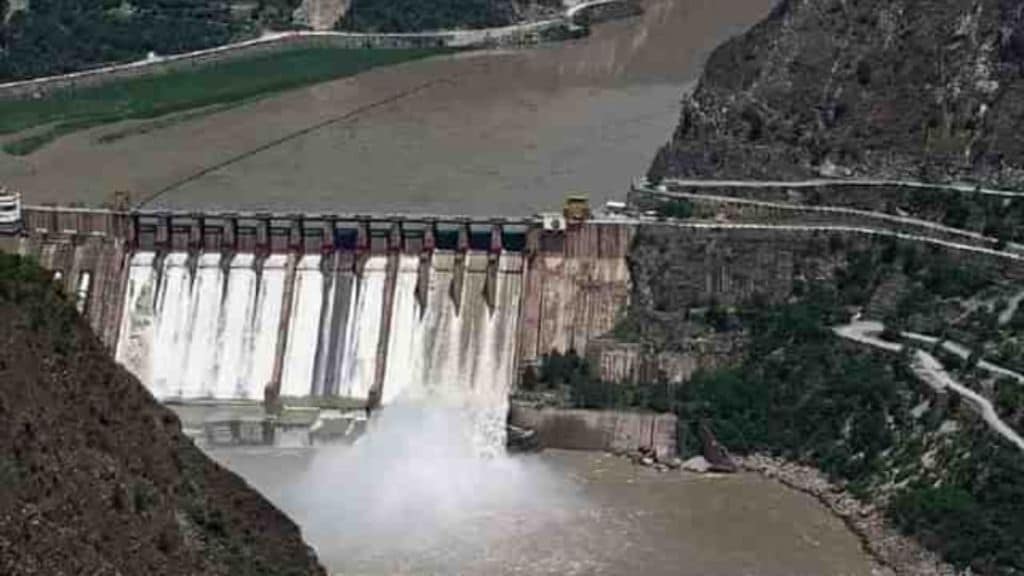The Central Electricity Authority (CEA) has charted out a Rs 6.4 trillion transmission plan to evacuate 76 gigawatt (GW) of hydroelectric capacity from the Brahmaputra basin by 2047.
The plan covers a total of 69.13 GW of hydro potential available in the Brahmaputra Basin comprising 224 projects, each above 25 MW, and with cumulative installed capacity of 68.7 GW, as per a report published by the CEA on Monday.
As per the plan, phase 1 will cost Rs 1.91 trillion while Rs 4.52 trillion will be required for phase 2. The plan includes projects allocated to central public sector companies including NHPC, NEEPCO, and SJVN. Some of the projects are already in the pipeline.
The plan requires addition of 31,397 circuit kilometer (ckm) transmission lines and 109,935 MVA+MW capacity.
Keeping in view the implementation time frame of hydroelectric plants in the Brahmaputra Basin, the phasing of transmission system has been done in two time frames i.e. upto 2035 and beyond 2035, the report said.
The Brahmaputra river, which rises in Tibet, China, and flows through India and Bangladesh, holds significant hydro potential in its Indian stretch, particularly in Arunachal Pradesh on the China border.
The Brahmaputra basin is divided into 12 sub-basins out of which Dibang, Siang, Lohit, Subansiri, Kameng, Teesta and Barak are considered as major sub-basins.
The basin spans parts of Arunachal Pradesh, Assam, Sikkim, Mizoram, Meghalaya, Manipur, Nagaland and West Bengal, and holds more than 80% of India’s untapped hydro potential, the report said, with Arunachal Pradesh alone accounting for 52.2 GW.
Upto the year 2035, addition of 9,922 ckm transmission lines and 41,760 MVA capacity is expected and beyond 2035, addition of 21,475 ckm transmission lines and 68,175 MVA capacity would be required.
The CEA expects the country’s peak power demand to reach 366 GW by 2032 further reaching up to 575 GW by 2047.
State monopoly in the transmission sector is being progressively dismantled, paving the way for larger private investments. Most areas are now seamlessly connected to a single grid, and the unified facility has an inter-regional capacity to transfer 116 GW of power from one corner of the country to another, while maintaining consistent frequency.


